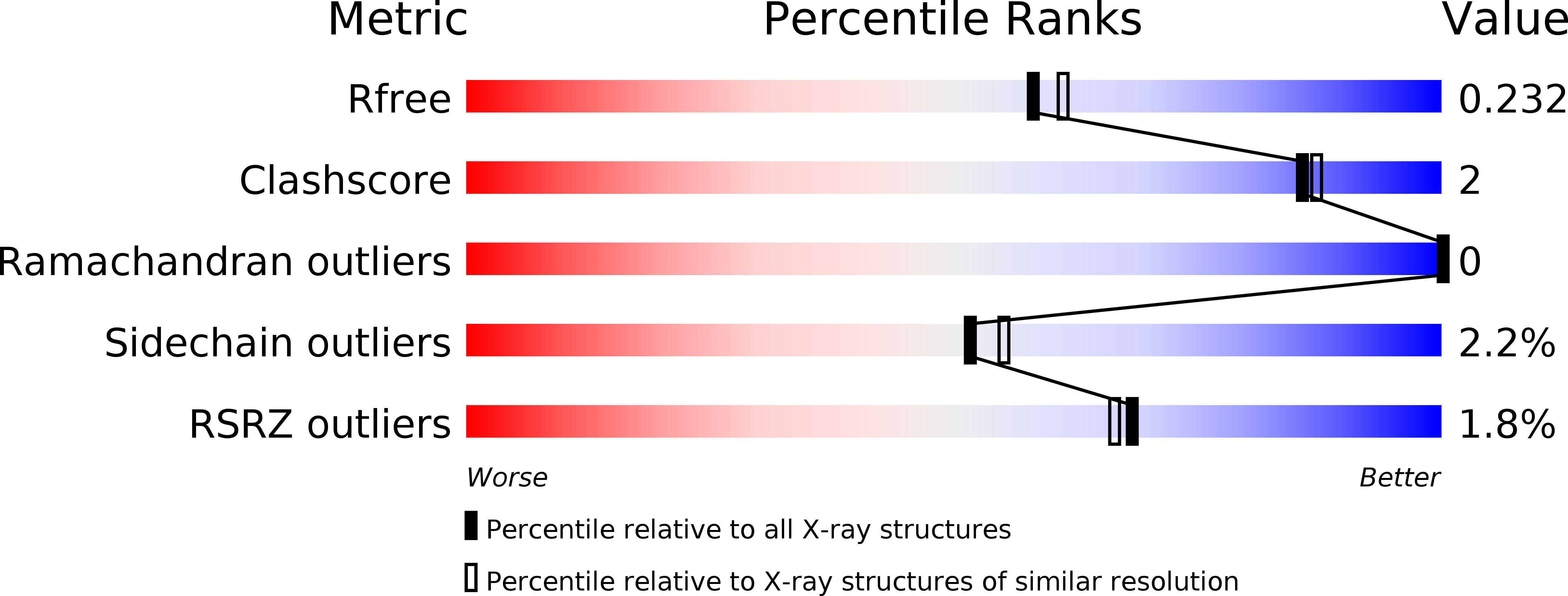
Deposition Date
2010-07-14
Release Date
2010-08-25
Last Version Date
2023-11-01
Entry Detail
PDB ID:
3AKI
Keywords:
Title:
Crystal structure of exo-1,5-alpha-L-arabinofuranosidase complexed with alpha-L-arabinofuranosyl azido
Biological Source:
Source Organism:
Streptomyces avermitilis (Taxon ID: 227882)
Host Organism:
Method Details:
Experimental Method:
Resolution:
2.00 Å
R-Value Free:
0.23
R-Value Work:
0.19
R-Value Observed:
0.19
Space Group:
P 21 21 21


